Introduction
Rice flour, a staple ingredient in countless global cuisines, has been a cornerstone of human nutrition for millennia. Derived from finely milled rice grains, this versatile powder serves as a foundation for bread, pastries, noodles, and even thickening agents in soups and sauces. Its neutral flavor, gluten-free composition, and adaptability to both sweet and savory dishes make it an indispensable component in kitchens worldwide. The process of converting rice into flour, while seemingly straightforward, involves a delicate balance of science, tradition, and precision. This article explores the step-by-step methodology of producing rice flour, from selecting the finest grains to achieving the perfect texture, while also delving into the cultural significance and culinary applications of this ancient ingredient.
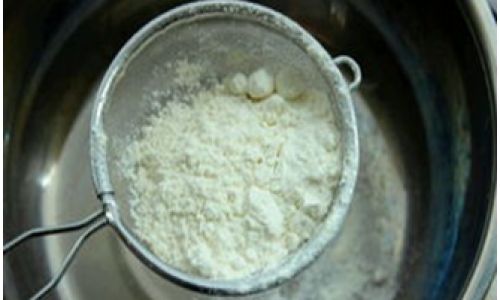
Selecting the Right Rice Variety
The journey to exceptional rice flour begins with choosing the appropriate rice variety. Different types of rice—such as jasmine, basmati, short-grain, or glutinous rice—yield flours with distinct textures and flavors. For instance:
- Long-grain rice (e.g., jasmine or basmati) produces a light, airy flour ideal for baked goods like cakes and bread.
- Short-grain rice results in a denser, stickier flour, perfect for noodles or dumplings.
- Glutinous rice (sticky rice), despite its name, is gluten-free and creates a chewy, elastic flour used in Asian desserts and mochi.
When selecting rice, prioritize freshness. Older grains may produce flour with a rancid taste or uneven consistency. Opt for organic or locally sourced rice whenever possible to ensure purity and minimize chemical residues.
Cleaning and Preparing the Rice
Before milling, rice must be meticulously cleaned to remove debris, stones, or impurities. This step is critical to preserving the flour’s quality and preventing damage to grinding equipment.
Steps for Cleaning:
- Rinse the rice under cold water, agitating gently with your hands to dislodge dirt.
- Drain the water and repeat the rinsing process 2–3 times until the water runs clear.
- Spread the rice on a clean, dry towel or baking sheet to air-dry for 15–20 minutes. Excess moisture can clump the grains during grinding.
Soaking the Rice (Optional but Recommended)
Soaking rice prior to milling is a traditional practice in many cultures, particularly in Asia. This step softens the grains, making them easier to grind and resulting in a finer, smoother flour.
Soaking Guidelines:
- Duration: 4–6 hours for short-grain rice; 6–8 hours for long-grain varieties.
- Water Ratio: Use 2 cups of water per 1 cup of rice.
- Temperature: Room temperature is ideal. Avoid hot water, which may prematurely cook the grains.
After soaking, drain the rice thoroughly and pat it dry with a clean cloth to eliminate surface moisture.
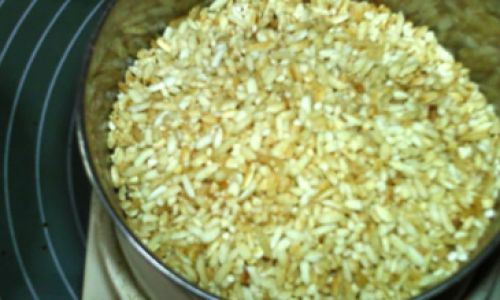
Drying the Rice
Proper drying is essential to prevent mold growth and ensure the flour’s shelf life. There are two primary methods:
a. Sun-Drying (Traditional Method)
- Spread the soaked rice in a single layer on a clean tray or bamboo mat.
- Place it under direct sunlight for 4–6 hours, flipping occasionally to promote even drying.
- Cover the rice during the hottest part of the day to avoid overheating.
b. Oven-Drying (Modern Method)
- Preheat the oven to the lowest setting (typically 150°F/65°C).
- Spread the rice on a baking sheet and bake for 1–2 hours, stirring every 30 minutes.
- Ensure the rice remains pale yellow and does not brown, as overcooking alters the flavor.
Grinding the Rice
The grinding process transforms dried rice into a fine powder. The method chosen depends on available tools and desired texture.
a. Using a Stone Mill (Traditional)
Stone mills, often hand-operated or motorized, produce the finest, most aromatic flour. The slow grinding preserves the rice’s natural oils and nutrients.
Steps:
- Feed small batches of dried rice into the mill’s hopper.
- Adjust the millstones’ gap to control the flour’s coarseness.
- Collect the flour as it emerges from the mill’s spout.
b. Using a Blender or Food Processor (Modern)
High-speed blenders or grain mill attachments can replicate stone-ground results with practice.
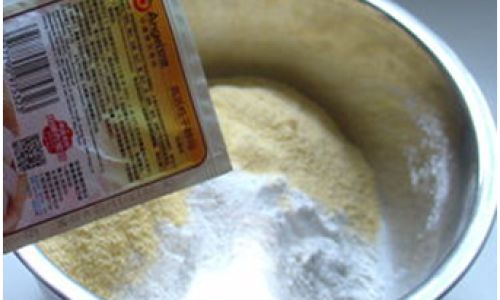
Steps:
- Add 1–2 cups of dried rice to the blender.
- Pulse in 10-second intervals to avoid overheating.
- Sift the flour through a fine mesh sieve to remove coarse particles.
- Re-grind the larger pieces until the desired consistency is achieved.
c. Using a Coffee Grinder (Small-Batch)
Ideal for personal use, coffee grinders yield small quantities of ultra-fine flour.
Steps:
- Fill the grinder halfway with rice.
- Grind in short bursts (5–7 seconds each) to prevent motor strain.
- Sift and re-grind as needed.
Sifting and Refining the Flour
Even after grinding, rice flour may contain tiny granules or husks. Sifting ensures a uniform texture.
Sifting Tools:
- Fine Mesh Sieve: For removing large particles.
- Muslin Cloth: For ultra-fine sifting (traditional method).
Process:
- Pour the flour into the sieve.
- Gently tap or shake the sieve over a bowl.
- Discard or re-grind any coarse remnants.
Storing Rice Flour
Proper storage preserves freshness and prevents spoilage.
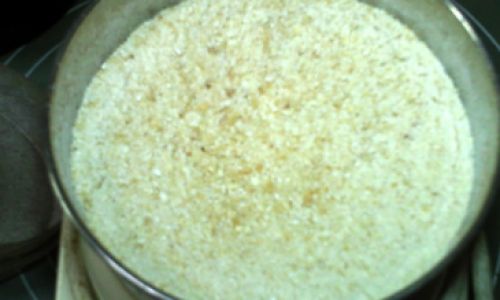
Storage Tips:
- Airtight Containers: Use glass jars or vacuum-sealed bags.
- Cool, Dark Place: Avoid humidity and sunlight, which accelerate rancidity.
- Freezer Option: For long-term storage (6–12 months), freeze flour in airtight bags.
Troubleshooting Common Issues
- Clumpy Flour: Over-soaking or inadequate drying. Ensure rice is bone-dry before grinding.
- Uneven Texture: Overloading the grinder. Process in smaller batches.
- Bitter Taste: Overheating during grinding. Use short pulses in blenders.
Advanced Techniques and Variations
Rice flour’s versatility extends beyond basic milling. Experiment with these techniques for unique flavors and textures:
a. Toasted Rice Flour
- Roast dried rice in a dry skillet until golden brown.
- Grind for a nutty, aromatic flour ideal for coatings or desserts.
b. Fermented Rice Flour
- Soak rice in water with a pinch of yeast for 24 hours.
- Drain, dry, and grind for a slightly tangy flour used in traditional Asian breads.
c. Colored Rice Flour
- Mix dried rice with natural dyes (e.g., beet juice, spinach powder) before grinding for vibrant hues.
Cultural Significance of Rice Flour
Rice flour transcends mere sustenance; it is a symbol of heritage and creativity. In Japan, mochiko flour crafts chewy mochi for New Year celebrations. In India, idli rava (rice flour) forms the base of fluffy steamed cakes. Across Southeast Asia, rice flour noodles (banh canh, khanom chin) unite communities during festivals. Even in Western baking, rice flour’s gluten-free nature has democratized pastries for those with dietary restrictions.
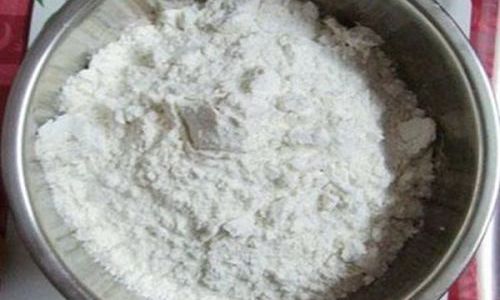
Nutritional Benefits of Rice Flour
While less nutrient-dense than whole grains, rice flour offers:
- Gluten-Free Digestibility: Safe for celiac patients.
- Low Fat and Cholesterol: A heart-healthy alternative to wheat flour.
- Rich in Carbohydrates: Provides sustained energy.
- Fortified Options: Some commercial varieties include added vitamins (e.g., iron, B12).
Culinary Applications of Rice Flour
The possibilities are endless:
- Baking: Gluten-free cakes, cookies, and pancakes.
- Thickening: Soups, stews, and gravies.
- Coatings: Crispy fried chicken or tempura.
- Noodles: Fresh rice noodles (e.g., Vietnamese banh pho).
- Desserts: Japanese daifuku, Filipino biko, and Thai khanom tom.
Sustainability and Rice Flour Production
As global demand for gluten-free products rises, rice flour production faces environmental scrutiny. Sustainable practices include:
- Water Conservation: Drip irrigation for rice cultivation.
- Energy-Efficient Mills: Solar-powered stone mills.
- Byproduct Utilization: Using rice husks as biofuel or compost.
The Future of Rice Flour Innovation
Modern cuisine continues to reimagine rice flour’s potential. Chef’s are experimenting with:
- 3D-Printed Pastries: Using rice flour dough for intricate designs.
- Fermented Beverages: Rice flour-based probiotic drinks.
- Meat Alternatives: Texturized rice protein as a vegan substitute.
Conclusion
The transformation of rice into flour is a testament to human ingenuity—a harmonious blend of tradition and technology. Whether ground by ancient stone mills or high-speed blenders, rice flour remains a culinary chameleon, adapting to diverse palates and diets. By mastering the art of rice flour production, you unlock a world of gluten-free possibilities, bridging cultures and centuries with every grain. So, the next time you sift a batch of homemade rice flour, remember: you’re not just cooking—you’re preserving a legacy.
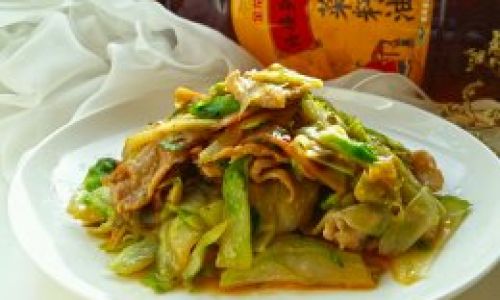
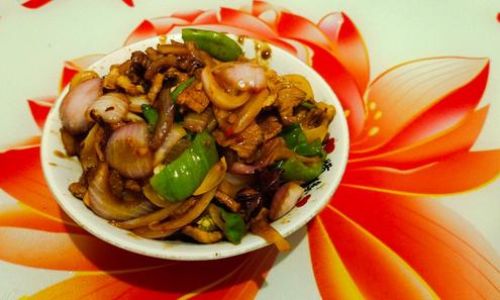
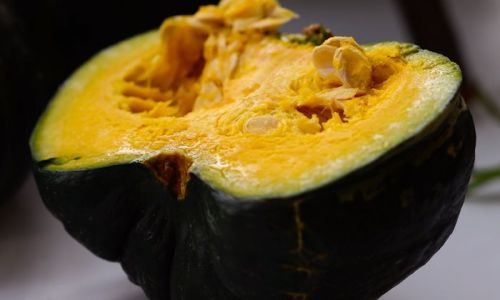
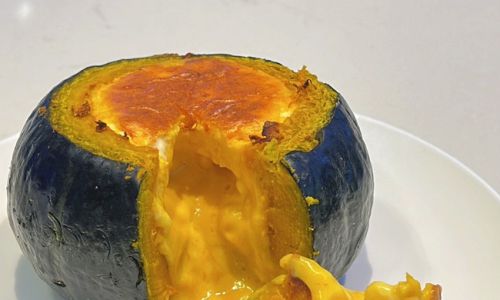
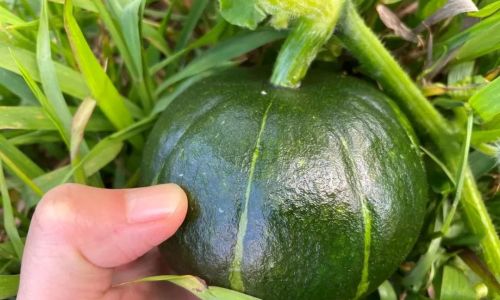
0 comments